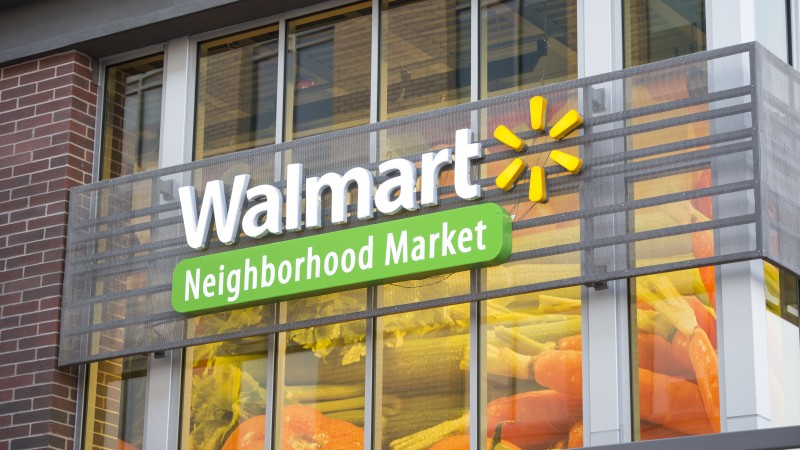Walmart Using Driverless Trucks For Grocery Delivery
Walmart is now using driverless trucks to deliver groceries.
This article is more than 2 years old

The transportation industry, as it relates to technology, has been evolving exponentially over the past decade, particularly within the past couple of years or so. Flying cars, self-driving boats, and automobiles are no longer figments of the imagination or inventions of the future. They are the new facts, the new, sometimes incomprehensible reality. According to CNBC, Walmart is now beginning to lean heavily into the technology of the present by incorporating fully autonomous trucks into its fleet of food-delivery vehicles.
Walmart launched this pilot program back in December of 2020 when they teamed up with the Silicon Valley-based startup called Gatik. Gatik’s entire business model focuses on taking the middleman out of the supply chain lifecycle. Walmart felt that it could take advantage of this middle-man-less idea by incorporating Gatik’s trucks along grocery delivery routes between Walmart locations.
The testing for the Walmart trucks began on the same 7-mile route in Arkansas. The pilot program has been working by having the trucks start off at a Walmart fulfillment center. The trucks are packed with the necessary goods at the center and then are let loose on a 7-mile route that has been ending at the Walmart Neighborhood Market grocery store in Bentonville, Arkansas, where the goods are then unloaded. Up until August a safety driver was also present inside the truck, however, Walmart recently received the green light from the Arkansas State Highway Commission to remove the driver from the autonomous trucks.
Walmart believes that by integrating these trucks into their food delivery services (for both consumers and stores) that they will be able to increase both the accuracy and efficiency of their service. Instead of a driver having to take the time out to drive from a fulfillment center to a nearby location needing to have an order fulfilled they can instead rely on the Gatik trucks to do so. In turn, this frees up time for truck drivers to complete deliveries over longer distances, the distances typically required when goods are being transported from a mammoth distribution center to a local fulfillment center. These new Walmart trucks will essentially cut out the home stretch. In addition, Walmart highlighted that the service will also free up time for other employees to concentrate more on other integral tasks.

Gatik CEO Gautam Narang believes that “Taking the driver out is the holy grail of this technology.” Narang told CNBC that “Having the trust from the world’s largest retailer has been a massive boost for what we do and is a validation for our technology, our solution, our progress.” The new Walmart trucks definitely serve as a transformative beacon for what the supply chain can potentially look like in the future. Had this technology been fully integrated into the global supply chain at present, it could have potentially helped to mitigate the substantial woes that are currently transpiring within its infrastructure.
These new Walmart trucks, while impressive, are actually not a novel idea. In fact, midwestern-based grocery giant Kroger began testing a similar idea in 2018 when they partnered with the company Nuro in order to test out how self-driving vehicles could be implemented into their grocery delivery service. Since the inception of Kroger’s pilot, the grocery chain has been able to successfully complete thousands of deliveries in and around the Houston, Texas area. And with Gatik pointing out that “…its autonomous vehicles can also reduce logistics costs by as much as 30% for a grocery business,” it looks like a solution such as this is a win-win for both the company and the consumer.




